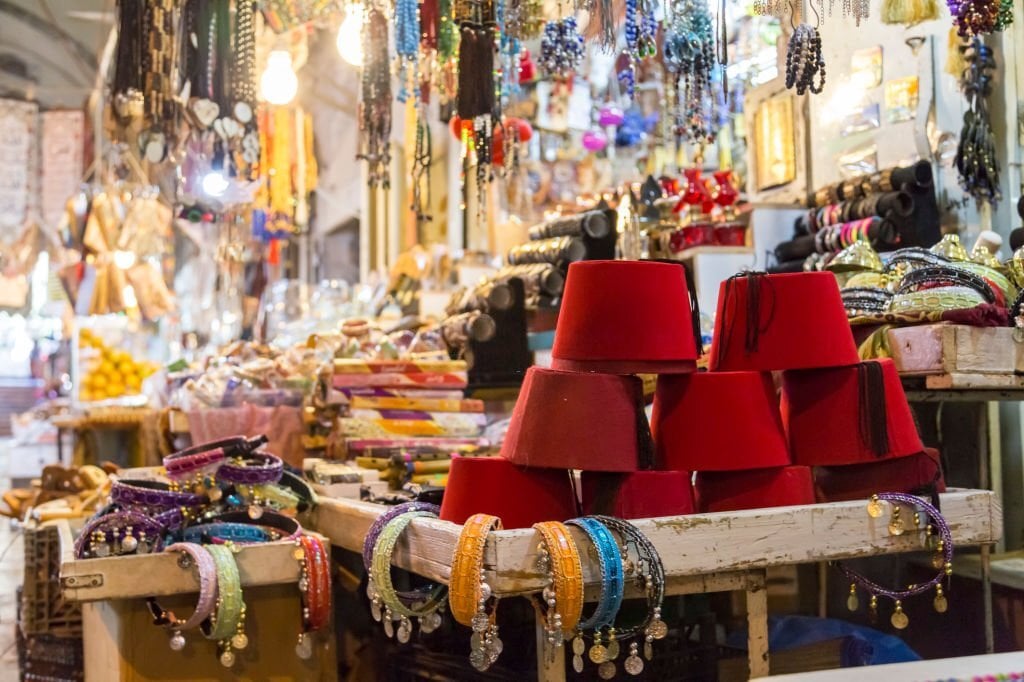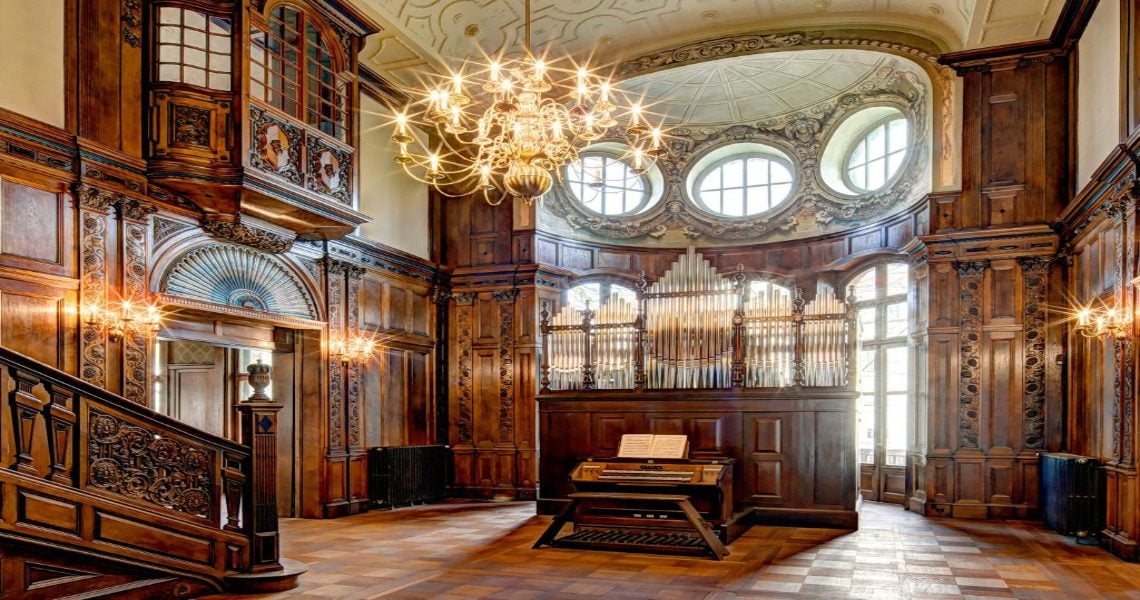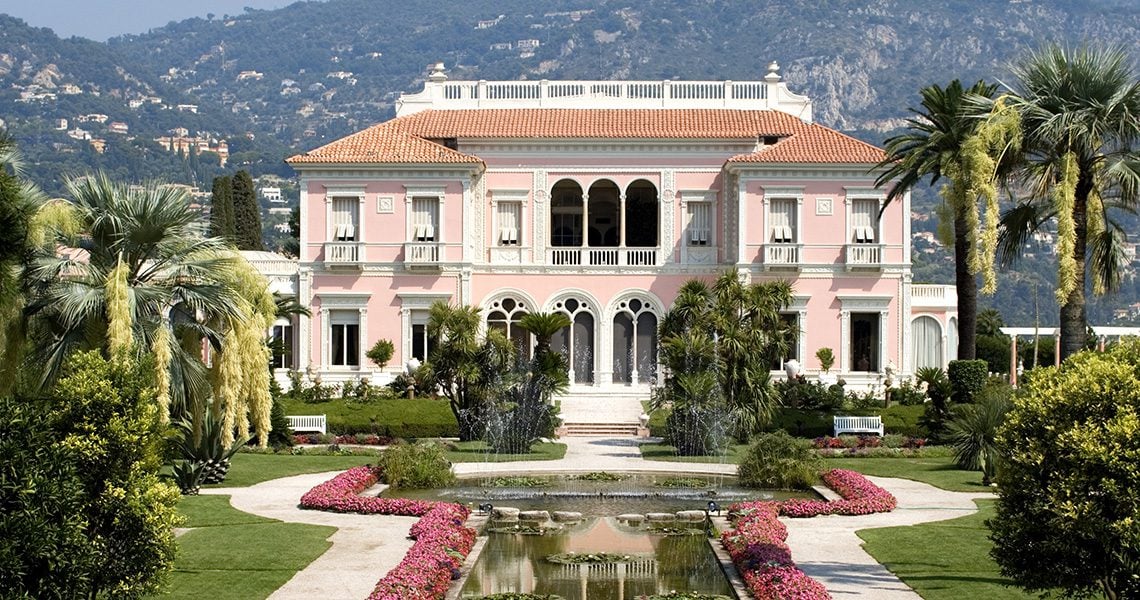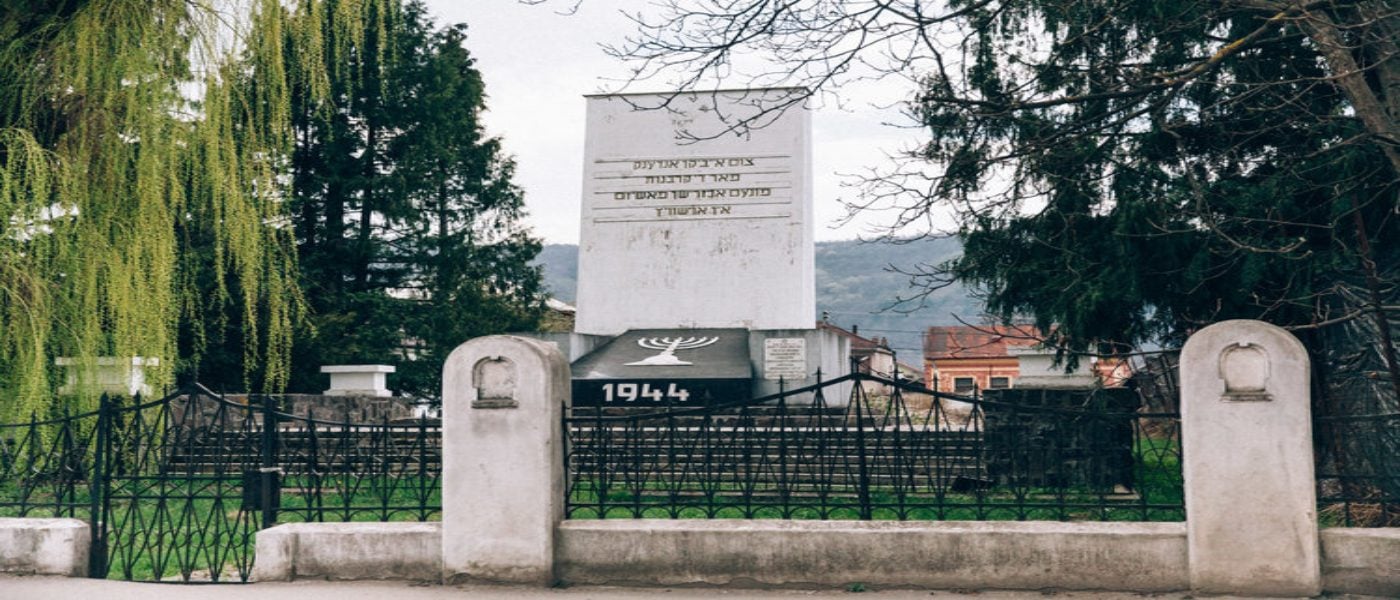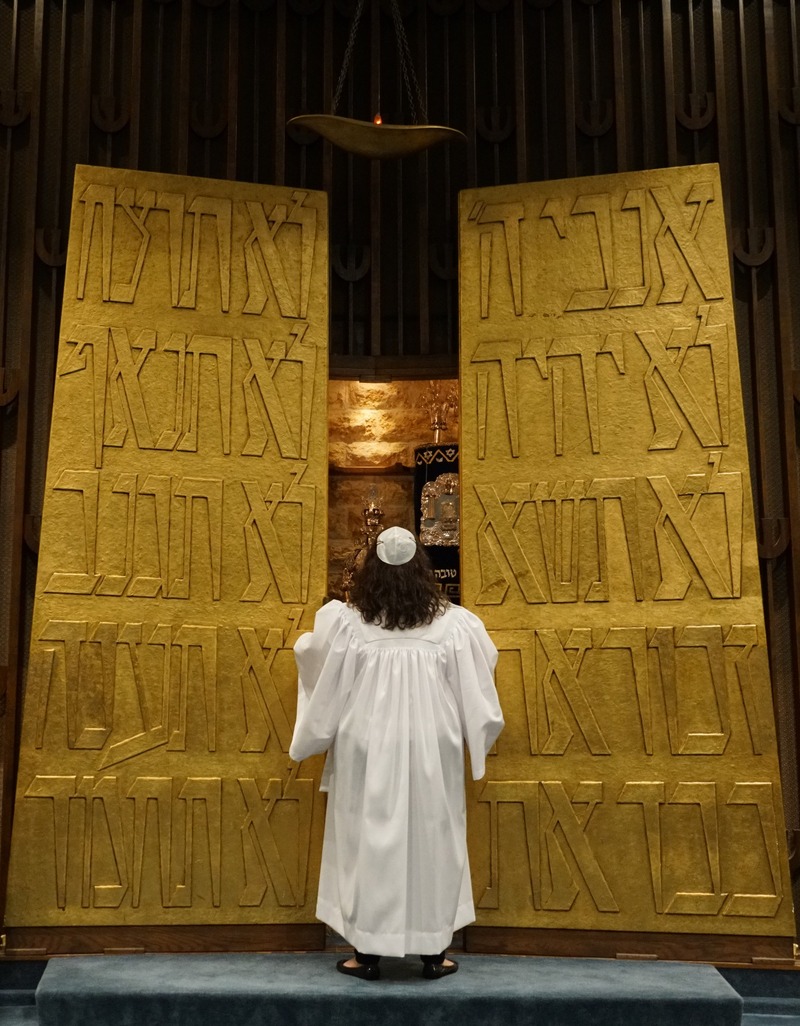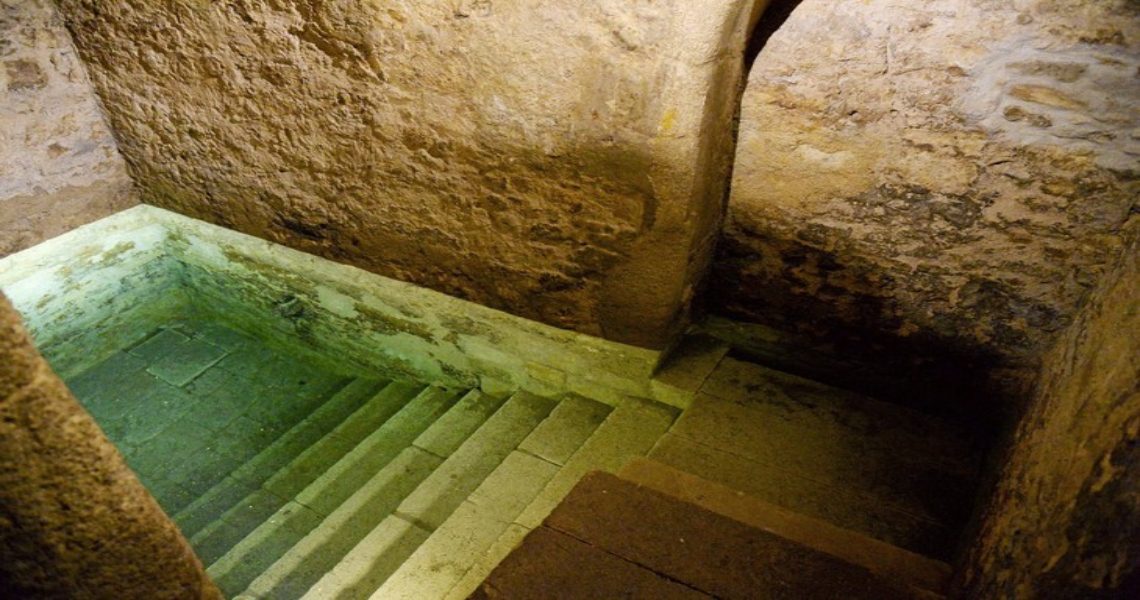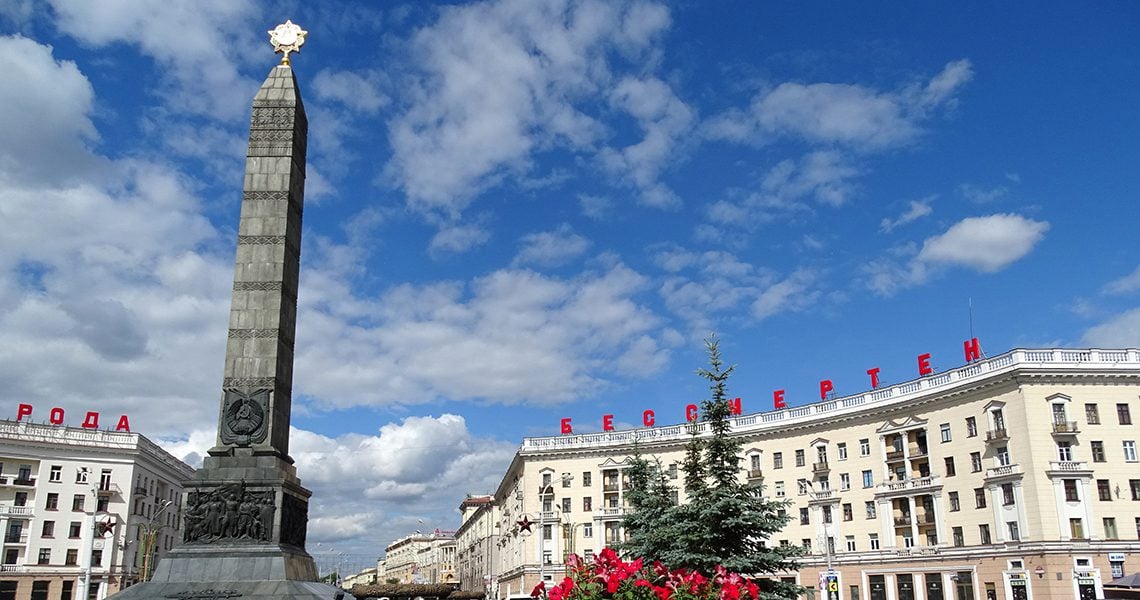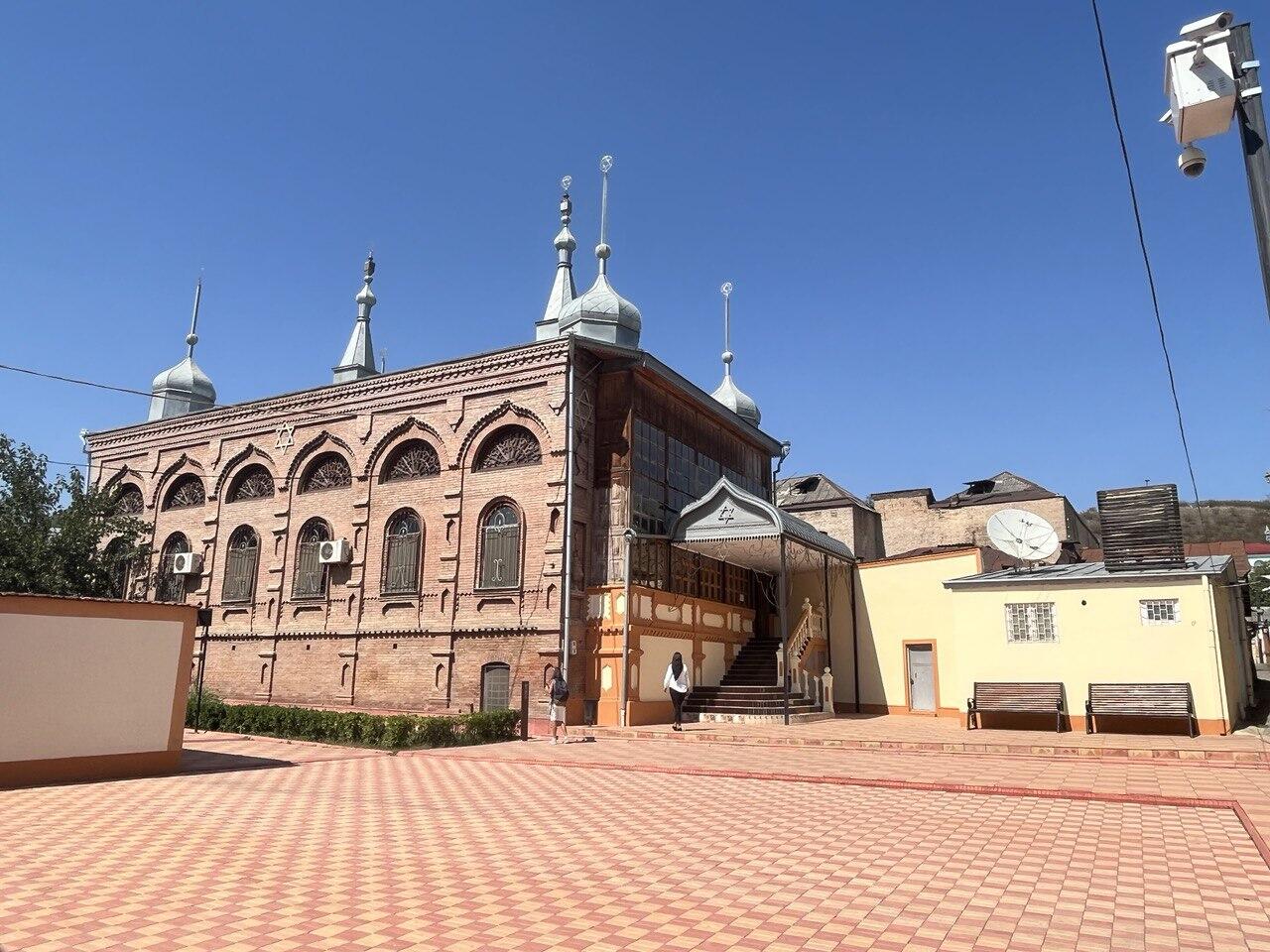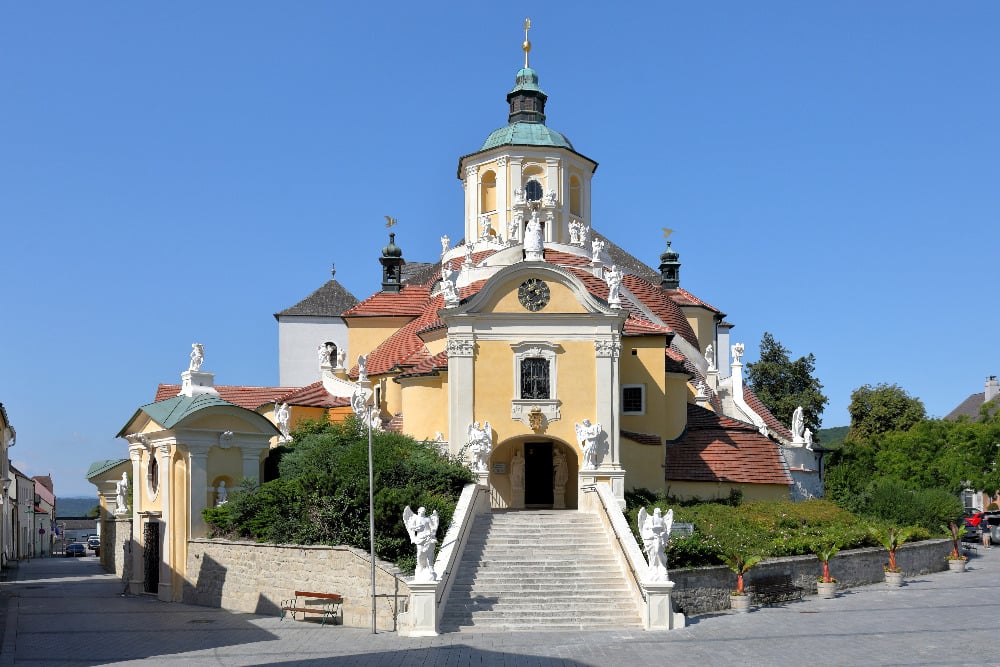Are you a Jewish traveler seeking to immerse yourself in the captivating heritage of Morocco? Look no further! Morocco offers a treasure trove of experiences for those interested in Jewish culture, history, and spirituality. Join us on an unforgettable journey as we unveil the best places to visit and the finest Jewish heritage tours in Morocco.
Discovering Jewish Culture in Morocco:
Morocco boasts a diverse and thriving Jewish culture that spans centuries. Jewish communities have flourished here for millennia, resulting in a unique blend of Moroccan and Jewish traditions. From the bustling markets of Marrakech to the serene coastal town of Essaouira, every corner of this enchanting country has stories to tell.
Heritage Jewish Tours in Morocco:
Embarking on a heritage Jewish tour in Morocco is like stepping into a living history book. Expert guides will take you through ancient alleys to explore the well-preserved Jewish quarters, also known as Mellahs, in cities like Marrakech, Fes, and Casablanca. Visiting these Mellahs allows you to witness the harmonious coexistence of Jewish and Muslim communities throughout the centuries.
Synagogues and Historic Sites:
Morocco is home to a plethora of magnificent synagogues that stand as enduring symbols of Jewish faith and culture. The awe-inspiring Ibn Danan Synagogue in Fes, with its intricate architecture, and the Beth El Synagogue in Casablanca, one of the largest synagogues globally, are must-visit destinations for any Jewish traveler.
Cemetery Jewish Heritage in Morocco:
A visit to the Jewish cemeteries in Morocco offers a profound and moving experience. Witness the tombstones that carry the stories of generations of Jewish families who found their final resting place in this land. The Jewish Cemetery in Marrakech, for example, is a serene and sacred site, exuding a sense of history and spirituality.
Morocco’s Cultural Treasures for Jewish Travelers:
Beyond the religious landmarks, Morocco offers a plethora of cultural experiences for Jewish travelers. Savor the delectable Moroccan Jewish cuisine, which features mouthwatering dishes like tagine and couscous, infused with unique Jewish flavors. Engage with the local community and partake in Jewish festivals, such as Hanukkah and Passover, to truly immerse yourself in the customs and traditions.
A Synthesis of the Past and Present:
In modern-day Morocco, Jewish heritage continues to thrive, and the local communities are warm and welcoming to travelers from all backgrounds. Whether you’re seeking a spiritual journey, historical insights, or simply a delightful adventure, a Jewish tour in Morocco promises to be an enriching and unforgettable experience.
As you plan your visit to Morocco, keep in mind the preservation of cultural heritage is of utmost importance. Treat the synagogues and historic sites with respect, and engage with the local community with an open heart. Morocco’s Jewish heritage awaits your discovery, and we look forward to welcoming you to this land of enchantment and diversity.
So pack your bags and get ready to embark on a journey filled with wonder, as you uncover the magic of Jewish culture in Morocco – a tapestry of tradition, spirituality, and enduring history.
